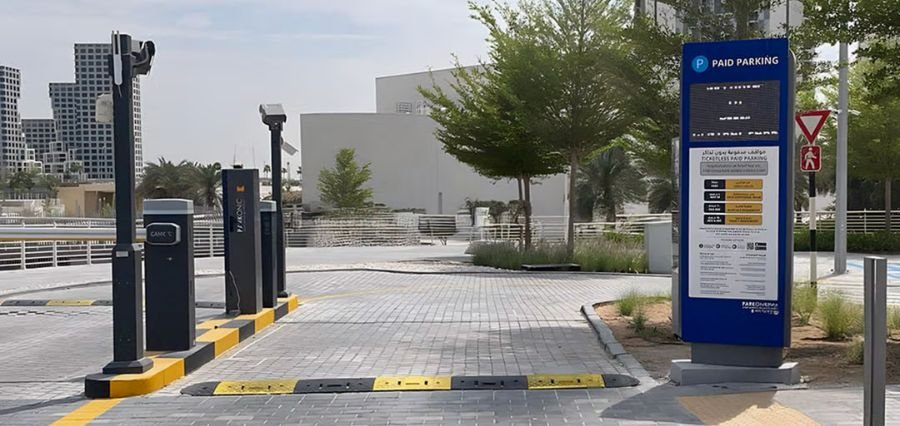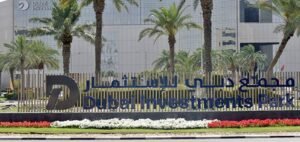Prime Highlights
- Dubai launches an AI-based, ticket-less, and barrier-less 36,000-space parking management.
- Being a cashless payment with Salik integration, it responds to the Smart City 2030 and Future Mobility Vision.
Key Fact
- It covers more than 36,000 on-street and off-street car parking spots; end-to-end parking is enabled by AI and Salik integration.
Key Background
Dubai has inaugurated its first and fully self-financed AI-based parking scheme, which will transform city mobility with future-proofed automation. The project, designed by Parkonic in collaboration with Salik Company PJSC and Dubai Holding, covers over 36,000 parking bays in the city’s central communities. Such an achievement supports advancements in intelligent urban infrastructure and is part of the emirate’s Smart City 2030 and Future Mobility Vision.
The new system dispenses with tickets, caps, and manual inspection through the use of AI-based vehicle recognition, intelligent parking allocation, and cashless Salik payment systems. No contact, no time lost waiting. The drivers can drive in, park, and leave, without automatically charged fees in their Salik account. It keeps cars from overstaying and pending fines by monitoring the time to ensure an easy and efficient parking system.
Parkonic’s multi-language online platform answers the multiculturalism of Dubai, making it more accessible to natives and expats alike. CEO Imad Alameddine stressed the effort goes far beyond parking optimization, as it is a vital backbone for autonomous car integration and AI-driven urban services.
In addition to perfecting convenience, the system supports Dubai’s sustainability objects by reducing traffic, minimizing vehicle footling times, and contributing to reduced emigrations. Its completely automated design sets a new standard for intelligent parking results and reflects Dubai’s commitment to erecting unborn-ready smart structure. With Dubai Holding’s expansive network of master- planned communities, this rollout will serve further than a million residers while reshaping the megacity’s transportation and mobility ecosystem.





